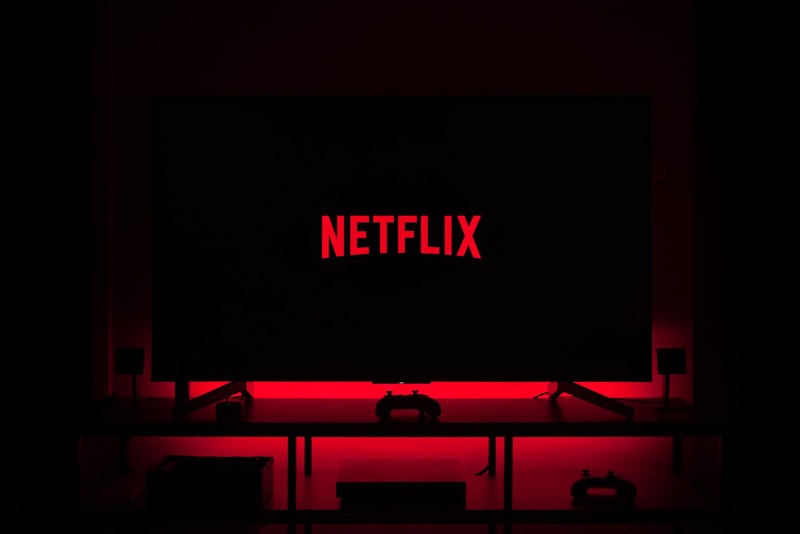The company that once tweeted “love is sharing a password” is now rolling out plans to target over 100 million people who watch the service using borrowed passwords.
In 2019, Netflix researchers found password sharing—often between family or friends—was eating into the company’s subscriptions. As executives mulled over how to address the issue without upsetting customers (paying and non-paying), the pandemic hit, leading to eight million new subscribers in 2020 alone and kicking the password-sharing can down the road.
But now, Netflix is putting an end to it all.
The company has been testing the waters in Latin America, one of the regions where password sharing is most prevalent, before tackling the US and Canada. In the tests, Netflix hasn’t blocked additional users, but makes them source verification codes from the primary user—banking on it being so annoying that everyone involved will just pay an extra fee to share an account.
- In 2023, the company will likely roll out a similar model in the US and Canada, enforcing its rules based on IP addresses, device IDs and account activity.
- Netflix reportedly considered adding pay-per-view content to limit password sharing, as Amazon Prime does, but ditched the idea since it would complicate the service.
Why it matters: As the leading streamer in the business, with 223 million subscribers and a market cap of about US$128 billion, “Netflix is the first to confront password-sharing, but likely won’t be the last,” per The Wall Street Journal. As growth stalls and economic pressures mount for other streamers, they could crack down on the practice, too.
Zoom out: In other efforts to support growth, the company has also caved on introducing ad-supported subscription tiers to support discounted accounts and is expanding into theatre releases. But in a world where consumers have several major streamers to choose from and are trying to cut back on extra spending, Netflix will likely have to tread very, very carefully.
